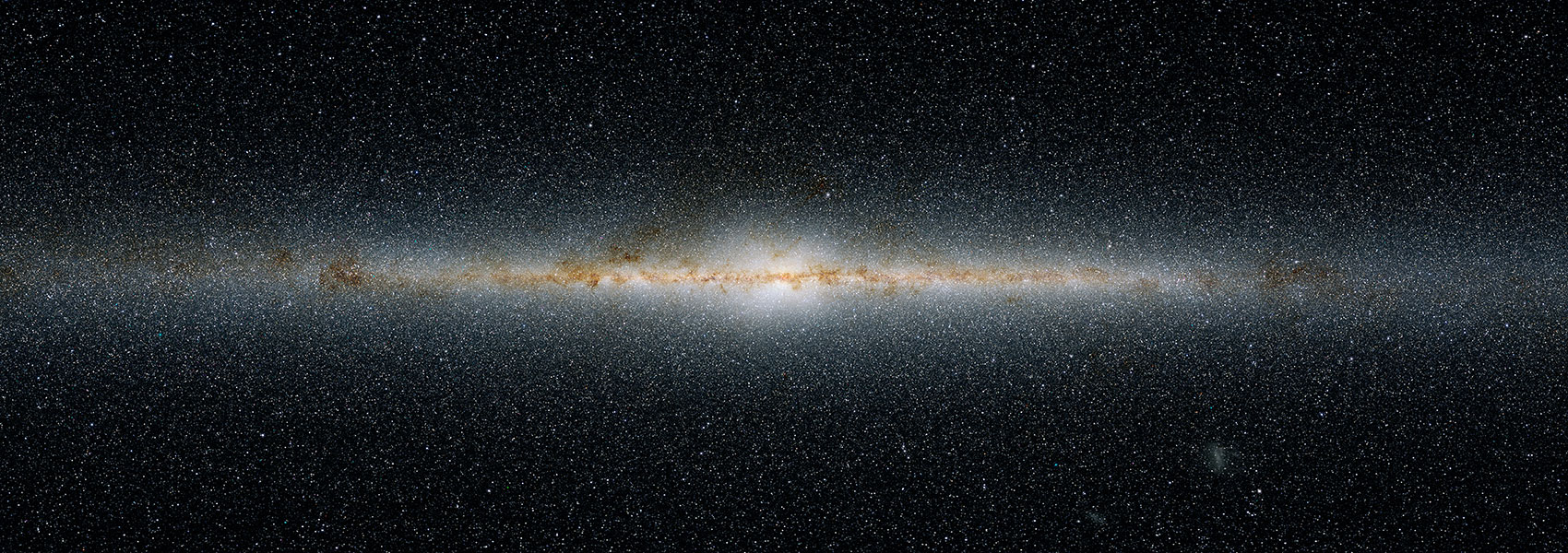February
2009
•
2009ApJ...691.1896A
Authors
•
Akeson, R. L.
•
Ciardi, D. R.
•
Millan-Gabet, R.
•
Merand, A.
•
di Folco, E.
•
Monnier, J. D.
•
Beichman, C. A.
•
Absil, O.
•
Aufdenberg, J.
•
McAlister, H.
•
ten Brummelaar, T.
•
Sturmann, J.
•
Sturmann, L.
•
Turner, N.
Abstract
•
We present infrared interferometric observations of the inner regions of two A-star debris disks, β Leo and ζ Lep, using the FLUOR instrument at the CHARA interferometer on both short (30 m) and long (> 200 m) baselines. For the target stars, the short-baseline visibilities are lower than expected for the stellar photosphere alone, while those of a check star, δ Leo, are not. We interpret this visibility offset of a few percent as a near-infrared (NIR) excess arising from dust grains which, due to the instrumental field of view, must be located within several AU of the central star. For β Leo, the NIR excess-producing grains are spatially distinct from the dust which produces the previously known mid-infrared (MIR) excess. For ζ Lep, the NIR excess may be spatially associated with the MIR excess-producing material. We present simple geometric models which are consistent with the NIR and MIR excesses and show that for both objects, the NIR-producing material is most consistent with a thin ring of dust near the sublimation radius, with typical grain sizes smaller than the nominal radiation pressure blowout radius. Finally, we discuss possible origins of the NIR-emitting dust in the context of debris disk evolution models.
Links





